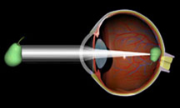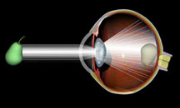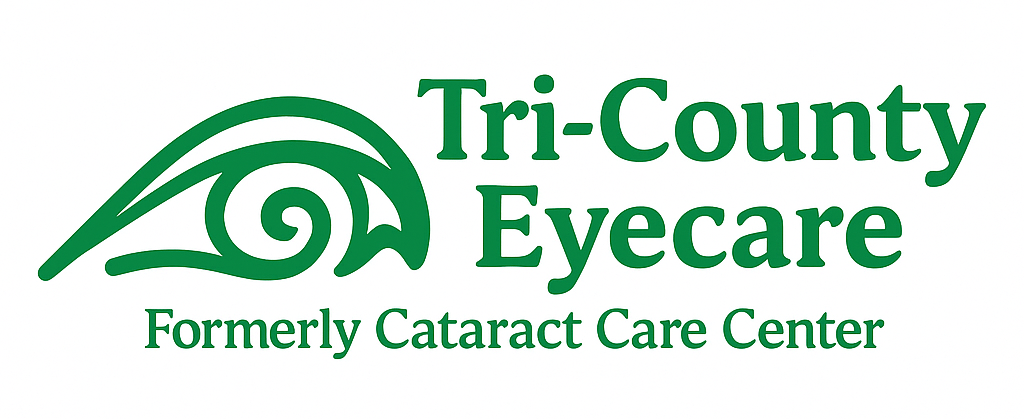
Eye with normal vision

Eye with cataract
Can a cataract be treated?
Yes. Each month, we successfully treat many cataracts by painlessly removing the clouded lens and replacing it with an artificial lens to restore vision. The procedure is painless, usually takes less than 15 minutes, and is done on a same day basis.
The cataract removal method and lenses we choose at the Tri-County Eyecare to allow for fast recovery, enabling his patients to return immediately to their normal activities while giving them the best possible vision.

